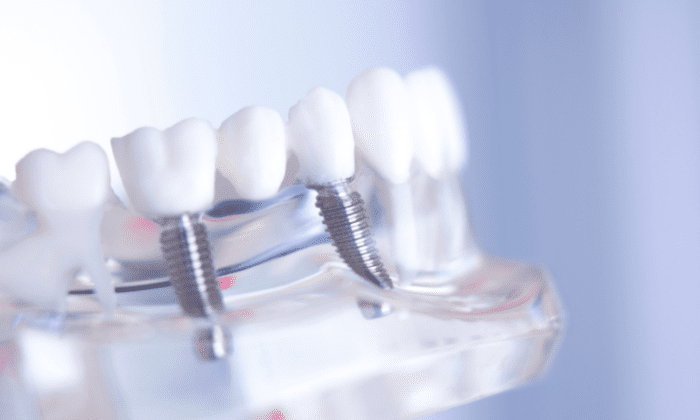When it comes to replacing missing teeth, dental bridges have long been a trusted solution. These prosthetics fill the gap where one or more teeth are missing, often restoring both function and appearance. However, advancements in dental technology have introduced new options, notably the implant-supported dental bridge. Understanding the differences between a traditional and implant-supported dental bridge is essential for patients considering their best path to oral health.

What is a Traditional Dental Bridge?
A traditional dental bridge consists of one or more artificial teeth, known as pontics. These are held in place by dental crowns cemented onto the adjacent natural teeth. The supporting teeth must be filed down to accommodate the crowns. The entire bridge structure then spans the gap left by the missing tooth or teeth.
Pros and Cons
Traditional bridges are a time-tested solution. They typically require fewer visits to complete and are often more cost-effective upfront than implant-supported options. Because they do not require surgery, they can be completed relatively quickly. This makes them a convenient choice for many patients.
However, traditional bridges are not without drawbacks. To place the bridge, dentists must remove a significant portion of the enamel from the abutment teeth, which permanently alters them. This process can weaken otherwise healthy teeth and may lead to further dental issues over time. Additionally, the bridge rests on the gums and adjacent teeth rather than being anchored in the jaw. It does not prevent bone loss in the area where the tooth is missing.
Understanding Implant Supported Dental Bridges
Implant-supported bridges, on the other hand, are anchored directly into the jawbone using dental implants. Instead of relying on adjacent teeth for support, these bridges are secured by titanium posts surgically placed into the jaw. These posts function like natural tooth roots. They often provide a stable and permanent foundation for the bridge.
Pros and Cons
One of the primary advantages of implant-supported bridges is that they preserve jawbone health. The implants stimulate the bone, preventing the deterioration that naturally occurs when a tooth is lost. This could not only maintain the structure of the face but also support long-term oral health. Because they do not depend on surrounding teeth for support, implant-supported bridges leave healthy teeth untouched. This preserves the natural structure and strength of your remaining teeth. Treatment often reduces the likelihood of future dental problems.
The downside to implant-supported bridges is that they require a more complex and time-consuming process. The procedure includes surgery, a healing period for the bone to fuse with the implant, and multiple dental appointments. They also tend to have a higher upfront cost than traditional bridges. However, their durability and longevity could make them more cost-effective in the long run.
Which Option is Right for You?
Choosing between a traditional and an implant-supported dental bridge depends on several factors, including your oral health, budget, time constraints, and personal preferences. If you have healthy surrounding teeth and are looking for a quicker, less invasive solution, a traditional bridge might be suitable. However, if you’re aiming for a long-lasting, bone-preserving option and are healthy enough for minor oral surgery, implant-supported bridges offer significant advantages.
Dental Bridge Treatment in New Philadelphia, OH
If You suffer from tooth loss, Dr. Caleb Robinson is here to help. He offers a wide range of restorative dentistry treatment options. A dental bridge could help restore your bite and improve your smile. Contact his office today to schedule a consultation and see which treatment could be right for you.
